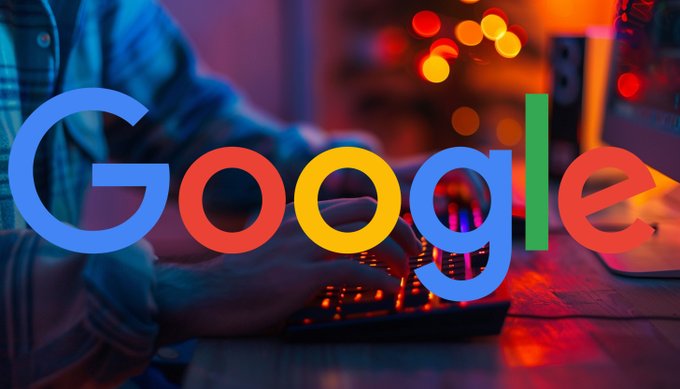In the dynamic world of online advertising, Google AdSense remains at the forefront of innovation. Their recent introduction of “Ad Intent” signifies a significant shift, leveraging website content to create a more seamless and user-centric advertising experience. This blog explores the mechanics of Ad Intent, its potential advantages and considerations, and how it impacts website owners and audiences.
Understanding Ad Intent

Gone are the days of disruptive banner ads dominating web pages. Ad Intent adopts a subtler approach. Here’s how it works:
- Identifying Relevant Content: AdSense employs sophisticated algorithms to scan a website’s text. It pinpoints phrases or keywords potentially linked to search queries users might have. For instance, on a website discussing Converse sneakers, Ad Intent might recognize terms like “Chuck Taylor All-Stars” or “classic canvas sneakers.”
- Triggering the Overlay: When a user hovers over or clicks the identified text, an interactive element appears. This can be an overlay box or a pop-up displaying a set of relevant advertisements directly related to the highlighted text.
- Delivering Tailored Results: These aren’t just generic banner ads. AdSense leverages its vast advertiser network to showcase targeted ads based on the user’s potential intent. In the Converse example, the overlay might showcase retailers selling Chuck Taylor All-Stars or highlight new releases from the brand.
Benefits of Ad Intent for All Stakeholders
The introduction of Ad Intent offers a win-win scenario for website owners, advertisers, and users alike:
- Enhanced User Experience: Ad Intent replaces intrusive static banner ads with a user-friendly, interactive format. Users only encounter ads when actively seeking further information, minimizing disruption to their browsing experience.
- Increased Engagement: The contextual nature of Ad Intent ads piques user curiosity. By directly addressing the user’s potential search intent, the ads are more likely to be clicked on, leading to higher engagement and click-through rates (CTRs) for publishers.
- Improved Relevancy for Advertisers: Advertisers benefit from a more targeted approach. Their ads are shown only to users who have already expressed interest in a particular product or service related to the website’s content. This improved targeting translates to potentially higher conversion rates for advertisers.
- Reduced Reliance on Third-Party Cookies: Traditionally, targeted advertising relied heavily on third-party cookies to track user behavior. Ad Intent operates independently of cookies, making it a future-proof solution as cookie regulations evolve.
Considerations for Publishers
While Ad Intent offers exciting possibilities, some considerations remain for publishers:
- Level of Control: Publishers have limited control over the specific ads displayed through Ad Intent. However, AdSense provides tools to block specific advertisers or ad categories if necessary.
- Impact on Page Speed: Overlays and pop-ups can potentially slow down page loading times. AdSense prioritizes lightweight solutions to minimize any impact on website performance.
- Transparency and User Trust: Clear communication with users regarding the purpose and functionality of Ad Intent is crucial. Publishers can utilize website disclosures or privacy policies to explain how ads are generated.
The Future of AdSense and Interactive Advertising
Ad Intent represents a significant step forward for online advertising, placing user experience at the forefront. This approach is likely to become a dominant force in the future, influencing website design, user interaction patterns, and the overall online advertising landscape.
As technology progresses, we can expect further refinements to Ad Intent. These might include:
- Advanced Personalization: Leveraging user data (with appropriate consent) to tailor ad content beyond just keywords, potentially including purchase history or browsing behavior.
- Enhanced User Interface: More visually appealing and interactive overlay designs that seamlessly integrate with website aesthetics.
- AI-Powered Targeting: Using artificial intelligence to refine user intent detection and personalize ad recommendations even further.
A More Rewarding Future for Online Advertising
AdSense’s Ad Intent demonstrates a commitment to evolving advertising formats that benefit all stakeholders. This innovative technology paves the way for a future where online advertising is more contextual, engaging, and ultimately, more rewarding for publishers, advertisers, and users alike.
By understanding Ad Intent and its potential, publishers can adapt their strategies and create a more user-centric online experience that fosters trust and boosts revenue streams.
Please share your thoughts in the comments. At theproductrecap.com, we are open to friendly suggestions and helpful inputs to keep awareness at peak.






